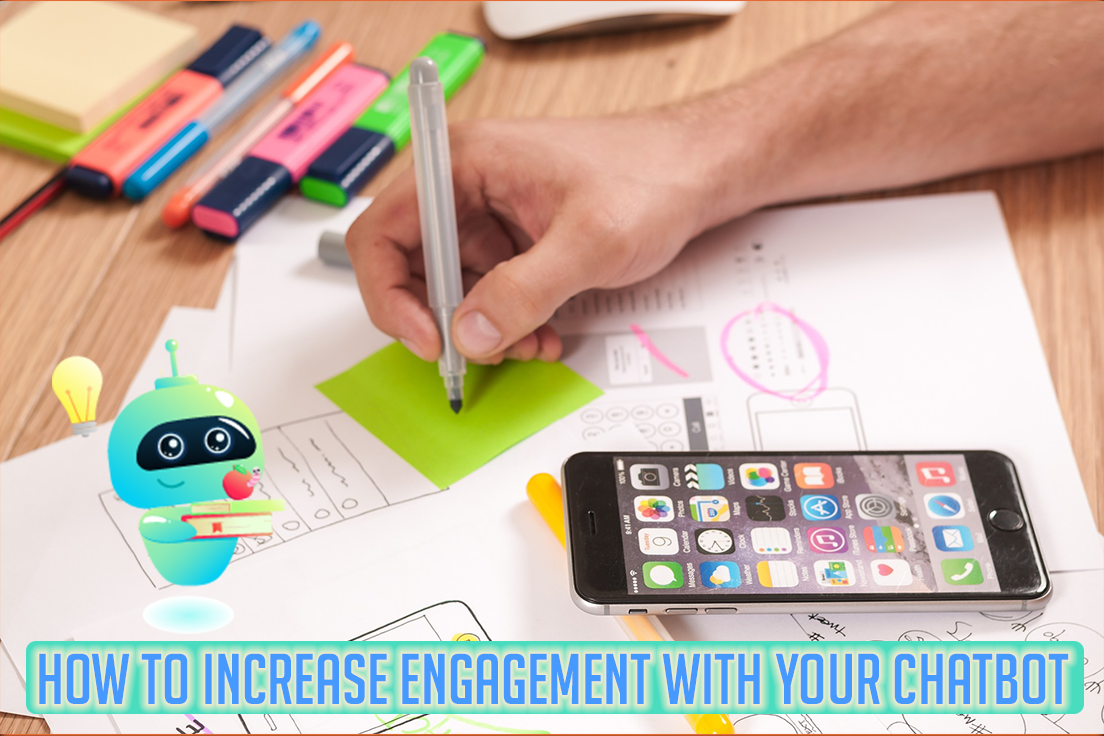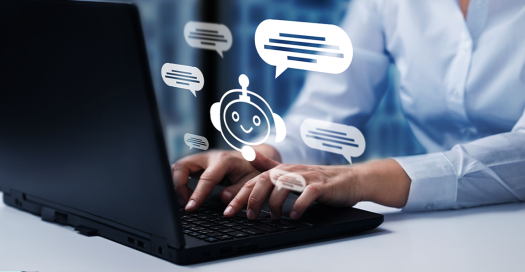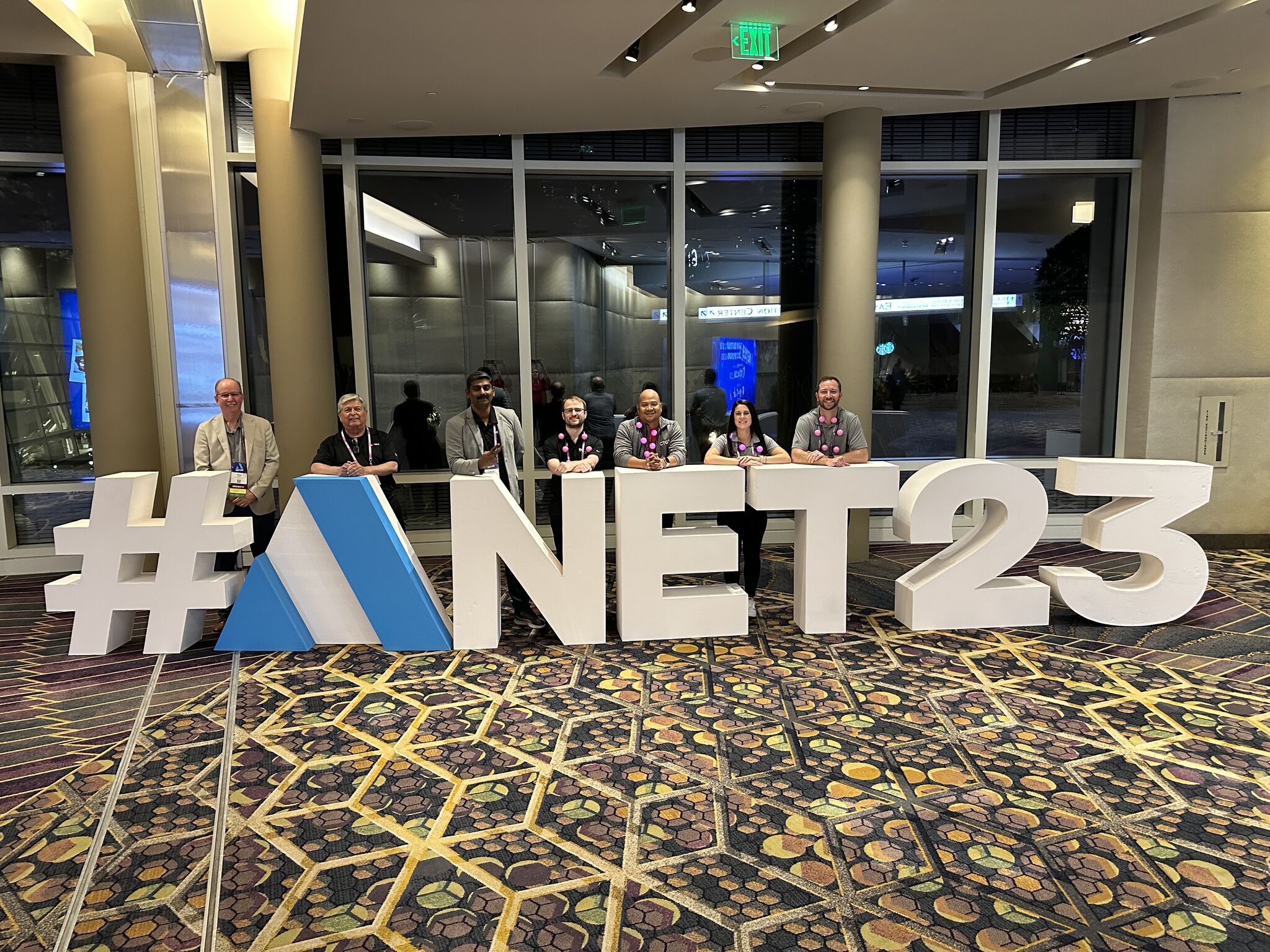Eleviant is to Elevate & Scale. Eleviant Tech symbolizes business transformation and reinforces our mission to help clients elevate and scale their business.
How to Increase Engagement With Your Chatbot
June 26, 2020

Often when I see people adopt a chatbot into their business, they expect to set it and forget it. They think it’s a one-and-done activity that somehow automatically breeds results on its own. Usually these are the people who buy-in to the pre-built chatbots available on the market. It’s unfortunate that such powerful technology often gets implemented without reaching its full potential.
As a consultant, I try to educate people on best practices, so they can get the best bang for their buck. I conducted a webinar in 2018 on how to create engaging conversations for your audiences. 2 years later, people are still making the same mistakes.
To help improve your chatbot performance, here are some practical techniques you can use to engage your intended audience.
Look at Your Design
Whenever I visit a website, I see a whole lot of content filling up my browser. Usually there’s a chat icon that sits on the bottom right of the footer, barely noticeable. I guarantee the vast majority of people do not notice the chat icon. Why is that? In design, the visual hierarchy is how your eye reads on a screen from element to element. Take the below example:
In the above example, I use a common design method— Papa Bear, Mama Bear, and Baby Bear and notice in this method there is no “Goldilocks!
The “Goldilocks” in this case should be your chatbot, which is better served to not be the center of focus, but rather to augment the core purpose of your content. So, how can we improve that engagement to happen at just the right time, when your audience needs it most?
Trigger an Activation
I often recommend to my clients an auto-activation method where the chatbot pops up, filling a majority of the screen. This activation can take on different forms:
- Timer-activated
- This activation method can be triggered after a period of time has elapsed once a user lands on your website. It can also trigger once a period of idle activity has elapsed. Say for example, 30 seconds into entry, your chatbot opens up its box asking the user if it needs any help.
- Action-activated
- This activation method can be triggered by any user-defined action. Examples might include when a certain button is clicked, or a certain page is visited. You can set the chatbot to engage on specific pricing questions if the user visits a pricing page for a lead generation use case.
Triggering chat activations is important to bringing awareness to the chat existence and forcing engagement. It’s one of those EUREKA moments when your audience realizes how much easier their web experience can be when they can easily filter through their queries through conversational AI.
Make Reader-Friendly Copy
Effective conversations should reflect real-world dialogue. Once you have your audience engaging with chat, if the dialogue experience is bad, they will just close the bubble and continue on their way. Consider the following example.
Imagine if you were sitting down with someone in a room and they gave you a monologue every time you asked them a question. That’s what is happening the left— we are overloading the audience with way too much text to process. Here is some copy etiquette you can use as a guideline to keep your chatbot from monologuing:
- Keep bot copy simple and casual
-
- Don’t use jargon if its not necessary. Words like “implement” can be replaced with “use”. Contractions are preferred (“Let’s” instead of “let us”).
- Conversational flow should be 1:1
-
- Don’t pile on multiple chat dialogues in a row. Give users time to breath in between each line of dialogue. In design, we like to call this whitespace.
- Connect, empathize, and engage
-
- The bot is talking to a real human. Make sure it treats them as such. Make sure your bot speaks the way your best customer service agent would.
When you take the time to put yourself in your audience’s shoes and identify those thoughtful messages that delight and solve their problems, your chatbot copy will pass with flying colors.
Expand with Multi-Media
As generations continue to grow, so do their tastes and means for interaction. This is the same for chatbot technology. You now have access to tools beyond just mere text to improve the experience for your audience. Here are a couple of the latest features that delight:
- GIFS
- Emojis
- Images
- Videos
- Audio
Just because you have access to these multi-media options doesn’t mean you should always use all of them. Depending on your audience, some may be more appropriate over others.
It’s important you identify your brand voice well before constructing your chat flows. In the case of an image, what will your chatbot avatar be: A photo emulating a real person? Or an illustration of a robot? The choices you make in your media choice can greatly affect how playful or professional your chatbot will be perceived.
Build in Feedback Loops
Something that often get thrown to the wayside are the feedback loops you build into your chatbot. Feedback loops are ways to reroute the conversation after it hits a dead-end. This usually happens because of two reasons:
- The audience has met their goal.
-
- Once their goal is met, have your chatbot prompt them with a simple question, “Is there anything else I can help you with?” This allows them to close the conversation with a no or continue with a different goal in mind.
- If you preferred boxed conversations, then a “Return to Main Menu” button works well here.
- The chatbot was unable to process an audience request.
-
- Unhandled messages are a way of life for chatbots. Even the most talented engineers cannot possibly predict all human behavior with AI. To combat these unanswered inquiries, you can forward the specific instance to a live representative in your business, whether that be a sales, HR or customer service rep.
- This can be a live transfer or a separate email / phone number for the user to connect to. The important thing is to have a safeguard alternative to keep the conversation going.
But the unhandled message doesn’t end there. You need to learn from that problem and prevent it from happening in the future. Look at your unhandled messages on a daily basis and train your bot to provide correct answers. Make sure your chatbot provider has a dashboard to help address unhandled errors!
Good chatbots don’t just leave their audience hanging in dead space. It’s like if we were talking in the same room and I walked away mid-sentence, slamming the door in your face. You would feel betrayed or confused and lose trust in future conversations with me. Similarly, if a chatbot isn’t able to continue helping a customer, make sure they are passed along to the correct representative. If the conversation is over, make sure the chatbot says a kind goodbye.
This might be a small part of building engaging chatbots, but it is a very important one!
Build a World for Better UX
There you have it. Some practical techniques to improve your chatbot conversations that engage and delight audiences. This can apply for leads, employees, customers and so on.
To recap: trigger activations and bring awareness to the chatbot’s existence. Revisit and rewrite your copy for better user readability. Expand the conversation with multi-media options. Build in feedback loops that keep the conversation going.
If you use the advice in this article, you will reap the rewards of higher engagement with your chatbot. Not sure how to write good copy? Need help creating code for desirable activations? Reach out to Eleviant for a helping hand. We have experts in the field for chatbots, ready to partner on your projects.
Get in touch with our Digital consultants to Elevate & Scale your business
Free ConsultationReady to get interesting insights of Eleviant? Subscribe to our Newsletter
SubscribeRelated Posts
Digital Transformation
Emerging Tech
vChat
How to Protect Against Chatbot Abuse
Get in touch with our Digital consultants to Elevate & Scale your business
Free ConsultationReady to get interesting insights of Eleviant? Subscribe to our Newsletter
Subscribe



































































